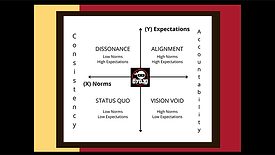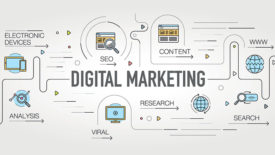Home » restoration business development
Articles Tagged with ''restoration business development''
How to Drive Business Using Digital Marketing in 2022
Strategies to Help Restoration Contractors Increase Business and Gain Market Share
Read More
Targeted Marketing: Are Your Sales Efforts Properly Concentrated?
Capturing New Customers for Your Restoration Business Starts With Relevant Prospects
Read More
Get our new eMagazine delivered to your inbox every month.
Stay in the know on the latest disaster restoration and remediation trends.
SUBSCRIBE TODAY!Copyright ©2022. All Rights Reserved BNP Media.
Design, CMS, Hosting & Web Development :: ePublishing















